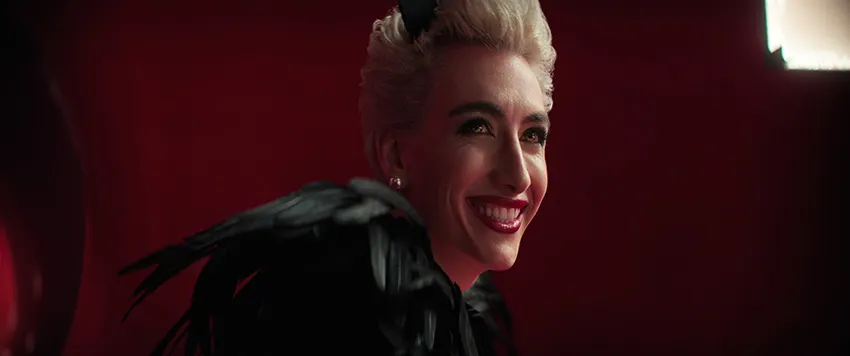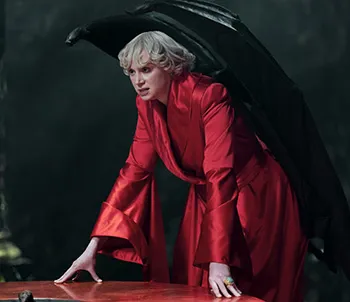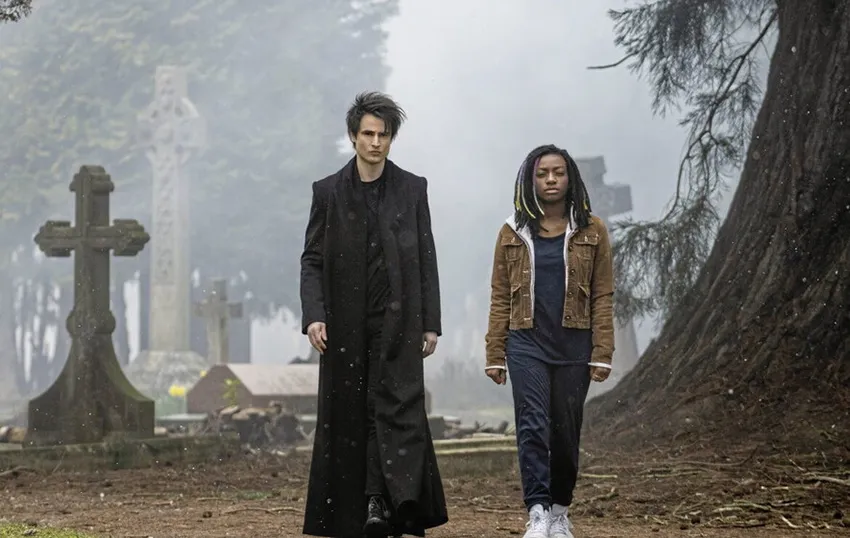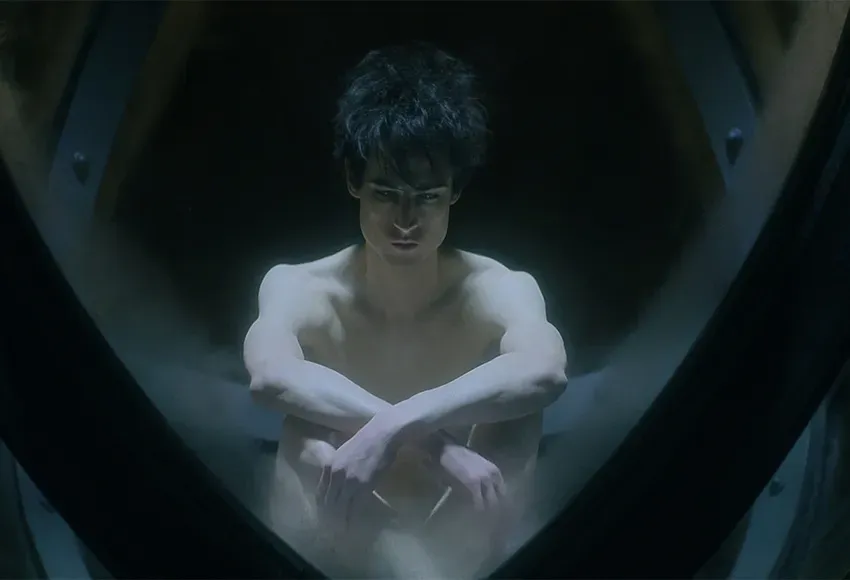Netflix's latest fantasy drama smash hit, The Sandman, has been making ripples since its release in early August, receiving critical acclaim and holding a place in the platform's top five ever since. In particular, fans have celebrated its diverse representation.
Critics and fans alike have also discussed how far the show has progressed from its source material. English superstar author Neil Gaiman's comic book series by the same name was published by DC Comics in 1989, and despite all its flaws, had much broader and nuanced minority representation than its mainstream contemporaries.

The adaptation has gone even further, casting BIPOC actors in the roles of characters once depicted as white. A majority of the characters are Queer, at least in some fashion, and necessarily that means their Queerness isn't their defining characteristic. Notably, the character Desire – who could shapeshift in the original comic – is played by nonbinary actor Mason Alexander Park.

In fact, the cast is all-star in general. In one scene, Gwendoline Christie towers over Tom Sturridge as Patton Oswalt's voice issues from a sentient raven. Even secondary characters bear familiar faces.
Meanwhile the visuals, while toned down in places compared to the comics, are outstanding. The phantasmagorical landscapes of otherworlds like Hell, the Dream Realm, and other domains are both fun and fitting, and the raven characters are an especially clever mix of real birds and CGI, even if one can usually tell the difference.
Yet as multimedia critic Jesse Earl pointed out in a review, there are some potential problems with Sandman's Queer representation. Two of the main antagonists, she pointed out, fall into the old trope of "Queer-coded villainy." Think of Scar in The Lion King, with his fruity gestures and sass, or Ursula in The Little Mermaid, who was inspired by a drag queen.
Queer fans are no strangers to this trope, and often embrace it – hence, perhaps, the adage "be Gay, do crimes." And the impact of criticism along these lines is somewhat cushioned by how casually the show treats queerness, and how many other Queer characters aren't villainous at all.
What the show can't seem to shake, though, despite all its progress, is the main character (Dream) being an angsty white guy – one written by white guys (Neil Gaiman, Sam Keith, and David S. Goyer) and played relatively straight, despite him having a centuries-spanning friendship with an immortal human man.

Mind you, Tom Sturridge's Dream is no blatant archetype of hegemonic masculinity. He's depicted as gaunt and spindly, and is made quite vulnerable in the first episode. His brand of violence, in the rare moments when it surfaces, is a gentle one; the worst he inflicts upon humans is a comatose state of sleep.
It's also worth mentioning that, canonically, Dream appears differently to different people (and different species, like cats), depending on their cultural background. But this ability is shown only once this season, and briefly, potentially implying that his white appearance is "default." This may be more elaborated upon in later storylines.
Perhaps the strongest indication of angsty-straight-white-guyness is Dream's inability to seek help from the people who care about him, as if he's the center of the universe (which, as a member of the Endless, he nearly is). Other characters do criticize him for this quality, and he does grow away from it somewhat by the season's end. But it's hardly a novel internal conflict for a straight-white-guy protagonist.
I write all this at the risk of seeming ungrateful for the good work the writers and actors have done. I thoroughly enjoyed season 1 of The Sandman, from start to finish, and I think it's safe to say that it's in another class entirely compared to the shallow queerbaiting of the likes of CW's Riverdale.
Now that the series has Queer fans' attention, it has the chance to do even better. For one thing, a storyline yet to be explored could feature Dream's past romantic relationship with Nada, a queen of an African city, or indeed any number of other canon love interests. All of them were women in the original comics, but that could easily change. The writers could even depict Dream as Asexual and Panromantic without sacrificing or contradicting much.
The Sandman has a lot to offer so far, and even more to tackle moving forward. I await season 2 with keen interest.


